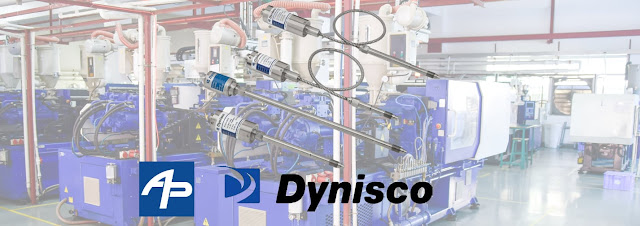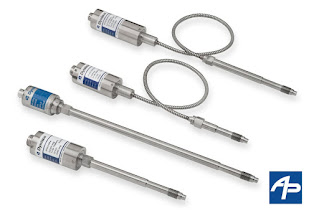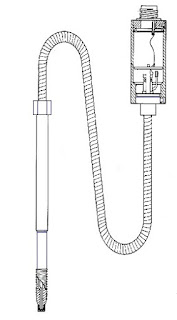AP Corp. is delighted to announce that they are now the New England Sales and Engineering Representative for Druck piezo-resistive pressure sensors and test/calibration instruments.
Druck, a Baker Hughes business, manufactures the high-reliability piezo-resistive pressure sensors and test and calibration instruments known for performing in the most challenging environments. Their products provide customers with the highest performance, stability, quality, accuracy, and quickest response in any environment.
Druck's product line includes pressure sensors, OEM custom sensors, PACE Pressure Controllers, handheld process calibrators, pressure indicators, test tool instrumentation, and 4Sight2 Calibration Management Software.
The addition of Druck extends AP's offering of high quality, best-in-class, engineered sensor solutions. AP Corp's application expertise and long-standing customer relationships in New England are vital to providing Druck with accelerated sales growth in this territory.
For more information, contact:
AP Corp.
One Tara Boulevard
Suite 200
Nashua, NH 03062
www.a-pcorp.com
508-351-6200 (office)




